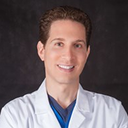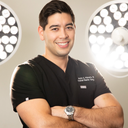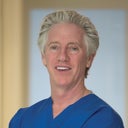Posted underEyelid Surgery q&a
I have these puffy fluid like pockets on both my cheekbones. I believe they are festoons? To me they are very bad. (Photo)
I would like to know what I can do to reduce the puffiness or to get rid of them completely?
Answers (8)
From board-certified doctors and trusted medical professionals
Dr. James R. Gordon, MD, FACS, FAAO

Dr. James R. Gordon, MD, FACS, FAAO
Oculoplastic Surgeon, Board Certified in Ophthalmology
Answer
Dr. J. Timothy Katzen, MD, FACS

Dr. J. Timothy Katzen, MD, FACS
Board Certified Plastic Surgeon
Answer
Dr. Kyle Kimura, MD

Dr. Kyle Kimura, MD
Board Certified Facial Plastic Surgeon
Answer
Dr. Thomas Buonassisi, MD

Dr. Thomas Buonassisi, MD
Board Certified Facial Plastic Surgeon
Answer
Dr. Anna Petropoulos, MD, FRCS

Dr. Anna Petropoulos, MD, FRCS
Board Certified Facial Plastic Surgeon
Answer
Dr. Adam Scheiner, MD

Dr. Adam Scheiner, MD
Oculoplastic Surgeon, Board Certified in Ophthalmology
Answer
Dr. Jason Emer, MD

Dr. Jason Emer, MD
Dermatologic Surgeon, Board Certified in Dermatology
Answer
Dr. John J. Martin, Jr., MD

Dr. John J. Martin, Jr., MD
Oculoplastic Surgeon, Board Certified in Ophthalmology
Answer
More Eyelid Surgery Questions
See all Eyelid Surgery Q&AWE SEND PRETTY
EMAILS
What’s trending? Who’s turning heads? Which TikTok myths need busting? We’ve got you. No fluff, no gatekeeping—just real talk. Get our free, unfiltered newsletter.